
How to Use an RV Inverter
RV Lifestyle & Repair EditorsFor many RVers, there might be times that you will choose to camp without any hookups for water, electric, and sewer. Also referred to as “boondocking”, this type of RVing is called dry camping and is legal as long as you are staying in a designated dispersed camping area.
If you prefer dry camping in your RV and have limited amenities or you don’t want to run a generator for whatever reason (noisy, expensive, etc.), an RV inverter is just what you need when you don’t want to start up your generator, but also don’t want to give up use of your TV, microwave, hair dryer, or other small appliances.
A 130-watt RV inverter is the ideal solution for your basic power requirements, offering a quiet alternative to gas generators with no fumes, fuel or noise. In this quick lesson, RV expert Dave Solberg teaches you about the simple setup and use of an RV inverter, explaining what you can expect from your inverter and filling you in on the things you need to know for safe and proper hookup.
Setting Up Your RV Inverter
As Dave will teach you, the type of RV inverter needed on your dry camping adventures depends on how many and which type of small appliances, computers, or devices you want to use in your RV. Most often you’ll only need to utilize an RV inverter for TV/VCR/DVD watching, so the best solution is a 130-watt inverter. This small box is a synch to install, requiring only a 12-volt battery and a wall outlet.
To ensure you get the most out of your new inverter, Dave demonstrates the correct method for installing and using a basic 130-watt unit. Each unit comes equipped with two feeds, which should be run directly into the 12-volt battery. Once you’ve hooked up the unit, all you have to do is plug the power cable into an outlet.
Or if you prefer not to use the battery simultaneously, you can charge up the inverter beforehand and then plug your TV or other small appliances directly into the back of the inverter. In no time you’ll be returning from your relaxing hike to watch your favorite shows or sporting events! It’s the easiest solution on the market!
What else do you need to know?
Before wrapping up the lesson, Dave explains other aspects of proper RV inverter use that you might need to know prior to starting it up. There’s not much that can go wrong with an inverter, but if you run into any issues, there are plenty of discussion boards and user guides on the Internet, as well as RV Repair Club videos perfectly tailored to helping you solve whatever problem you encounter!
For more information on the type of RV inverter you might need for your appliances, you might also want to look into using an RV inverter power consumption diagram, which lays out the power requirements (watts) of most basic devices that you’ll likely utilize on an RV trip. With Dave’s expert advice and a few minutes of your time, you’ll be living the leisure life!
Share tips, start a discussion or ask one of our experts or other students a question.
Already a member? Sign in
2 Responses to “How to Use an RV Inverter”
Explore videos by RV Lifestyle & Repair Editors
Premium Membership
Unlock exclusive member content from our industry experts.
- 24/7 Access to Premium RV Maintenance Videos, Travel Inspiration, and Lifestyle Tips
- Step-by-Step Instructional Demos, Projects, and Guides
- 50% Off Video Downloads Purchased in the RV Lifestyle & Repair Shop
- Access to Ask the Expert Program
Unlock exclusive member content from our industry experts.
- 24/7 Access to Premium RV Maintenance Videos, Travel Inspiration, and Lifestyle Tips
- Step-by-Step Instructional Demos, Projects, and Guides
- 2 Full-Length Video Downloads to Watch Offline
- 50% Off Video Downloads Purchased in the RV Lifestyle & Repair Shop
- Access to Ask the Expert Program
Gold Membership
$333 Value
Get everything included in Premium plus exclusive Gold Membership benefits.
- 24/7 Access to Premium RV Maintenance Videos, Travel Inspiration, and Lifestyle Tips
- Step-by-Step Instructional Demos, Projects, and Guides
- 9 Full-Length Video Downloads to Watch Offline
- 2 Full-Length RV Repair Classes to Keep for Life
- Discounts on Purchase-to-Own Content in the RV Lifestyle & Repair Shop
- Access to Ask the Expert Program
- Exclusive GOLD LIVE Streaming Events

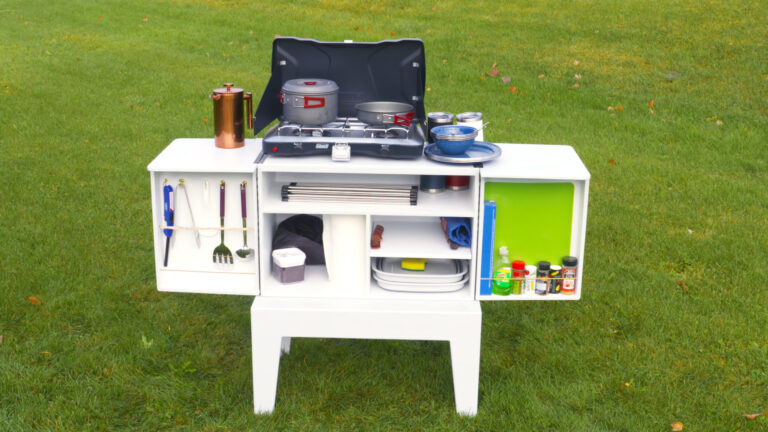
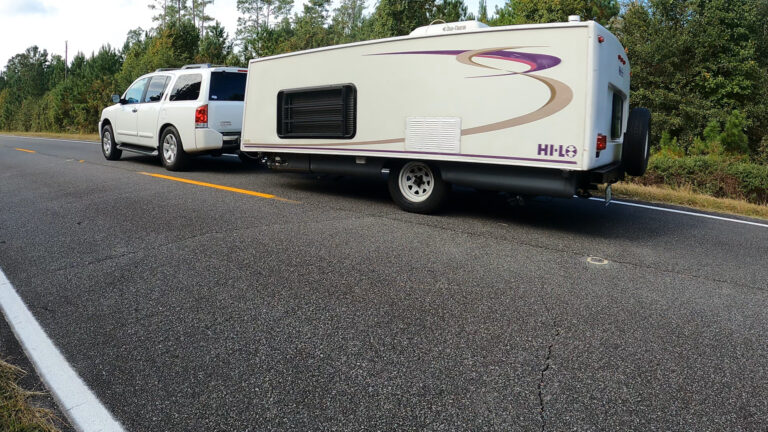
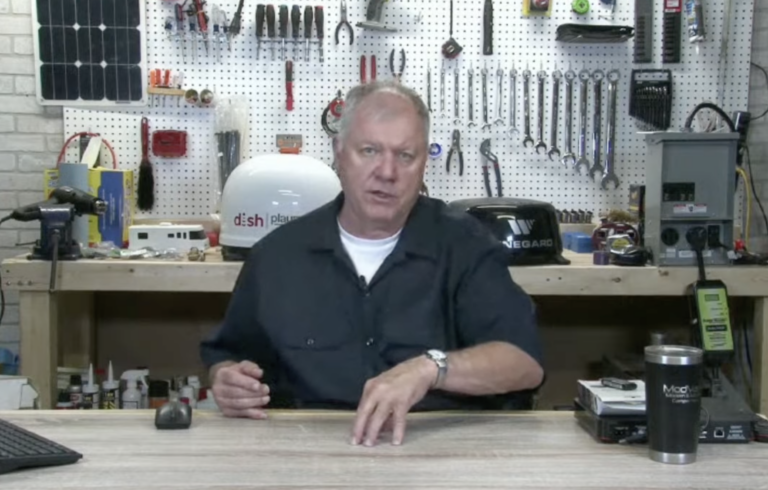
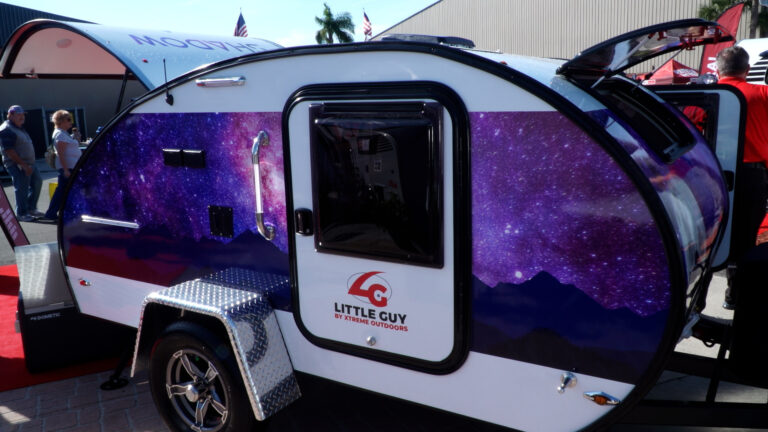
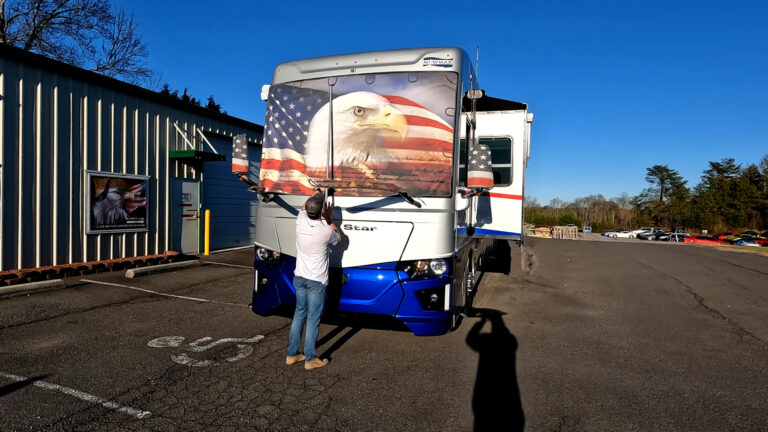
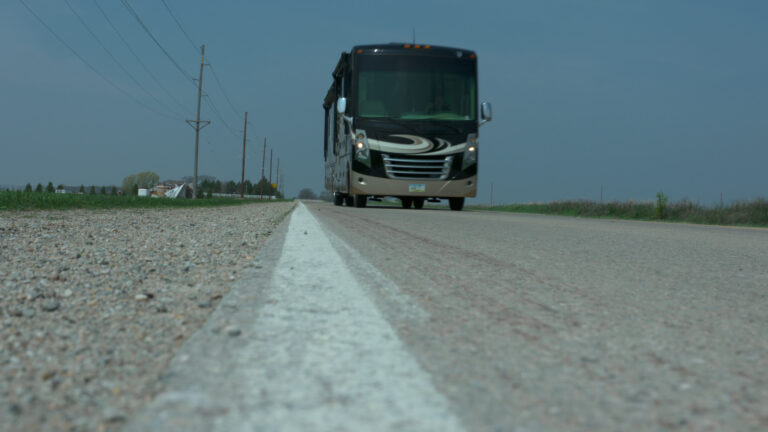
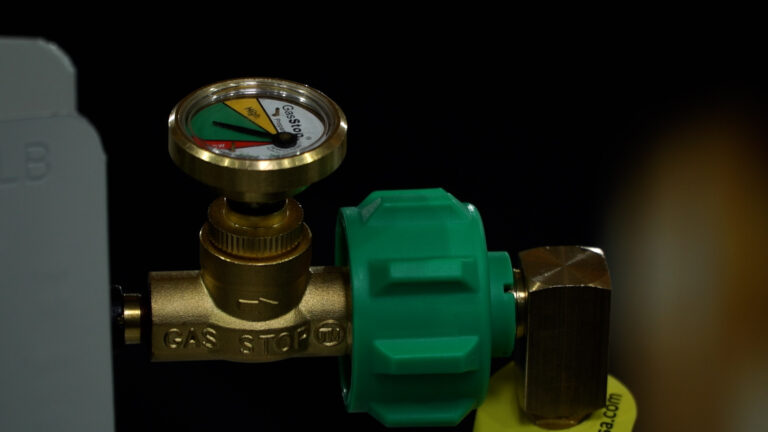

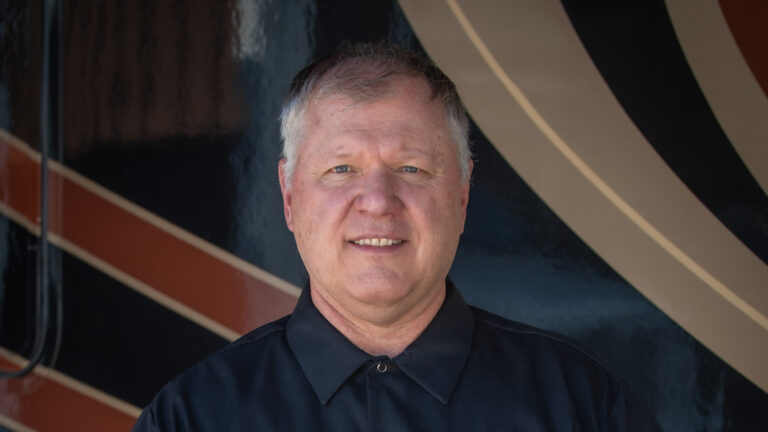

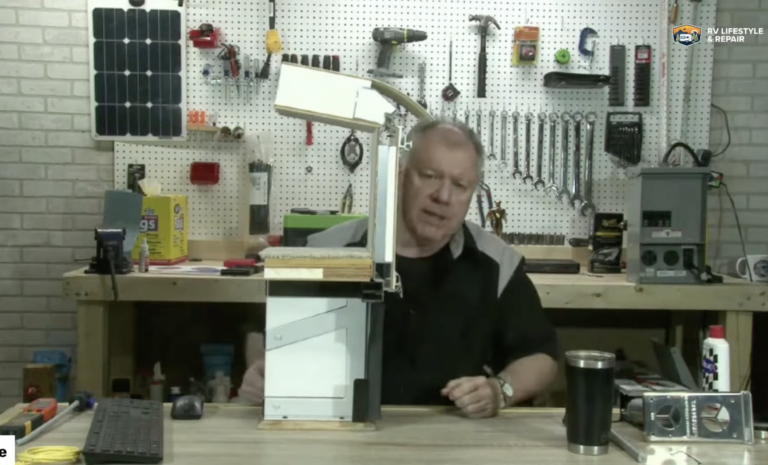

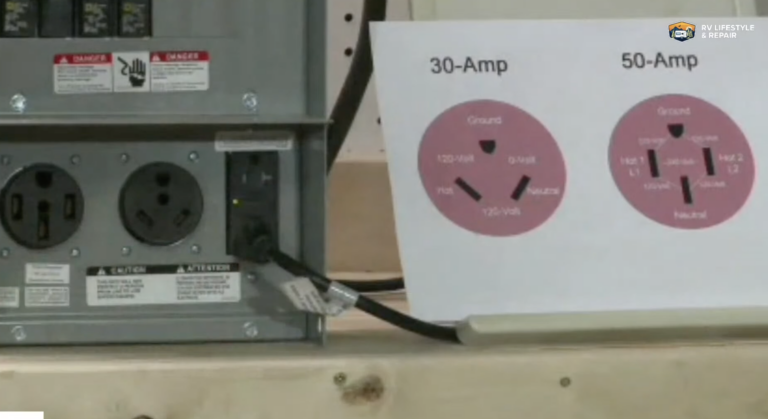

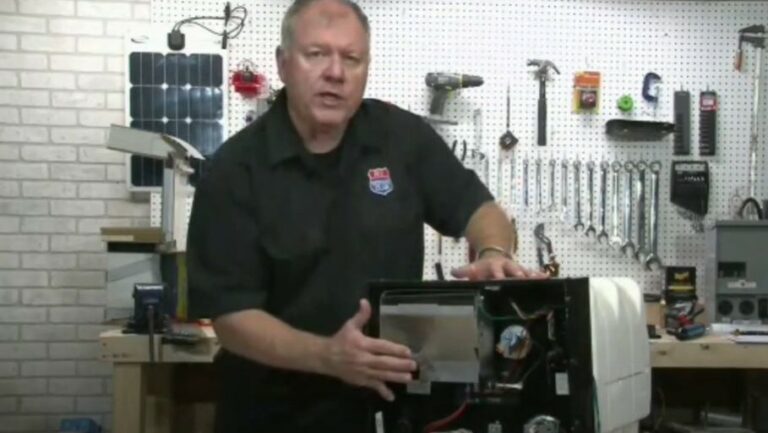
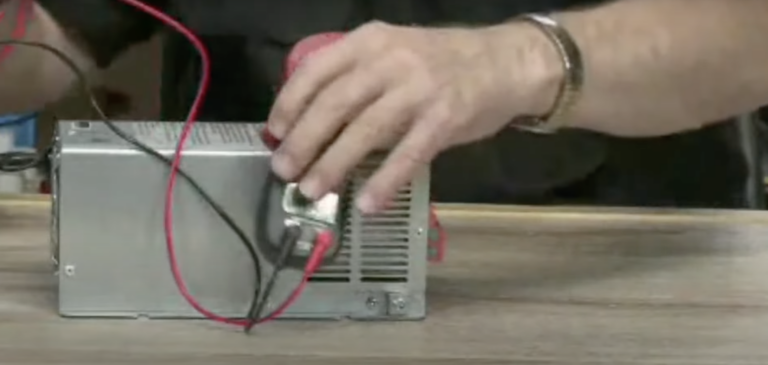
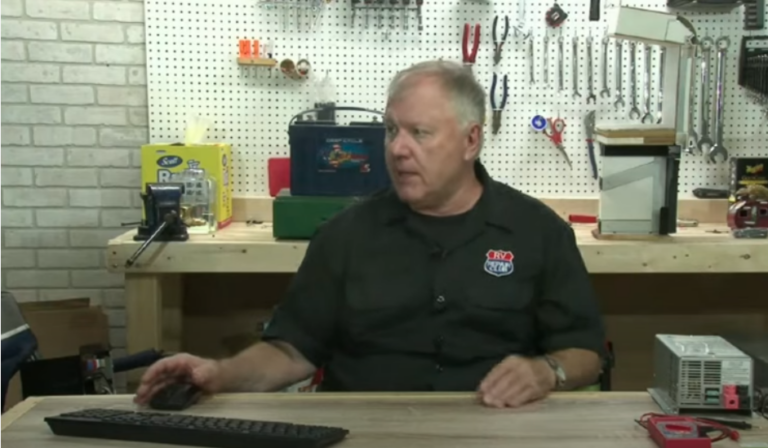
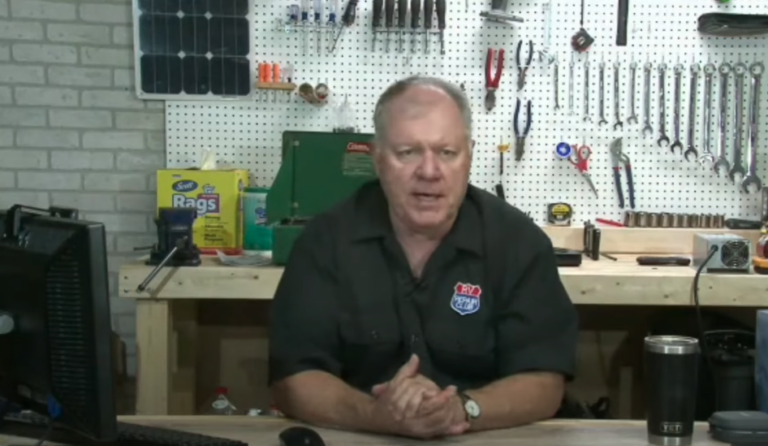
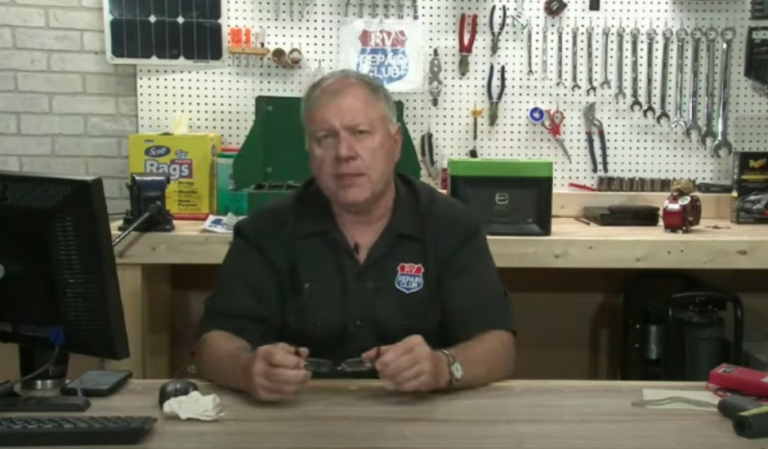
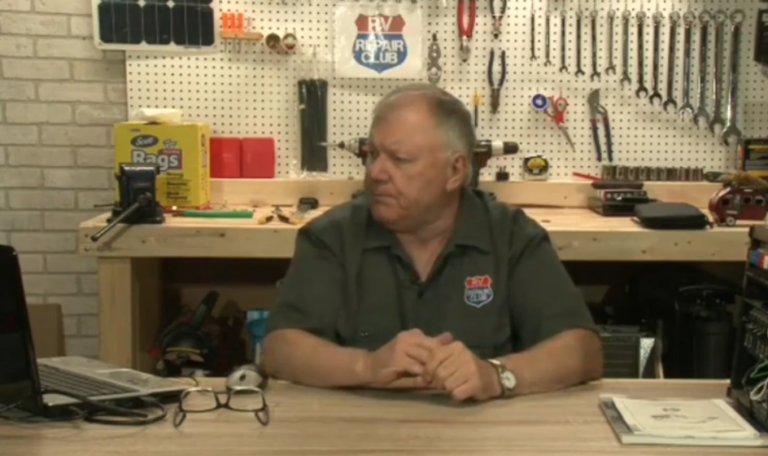
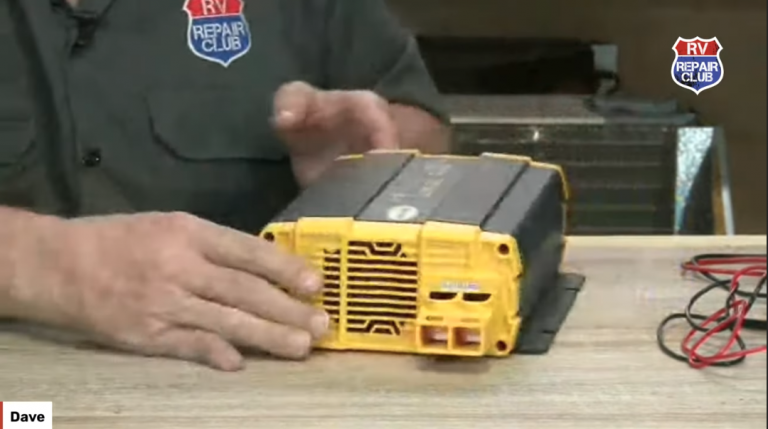
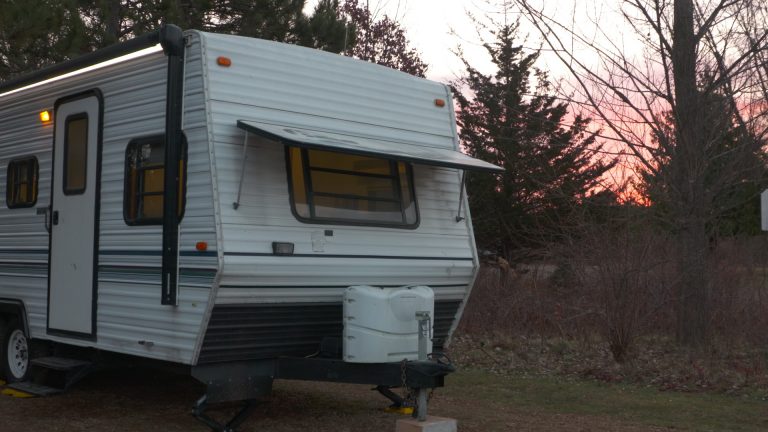
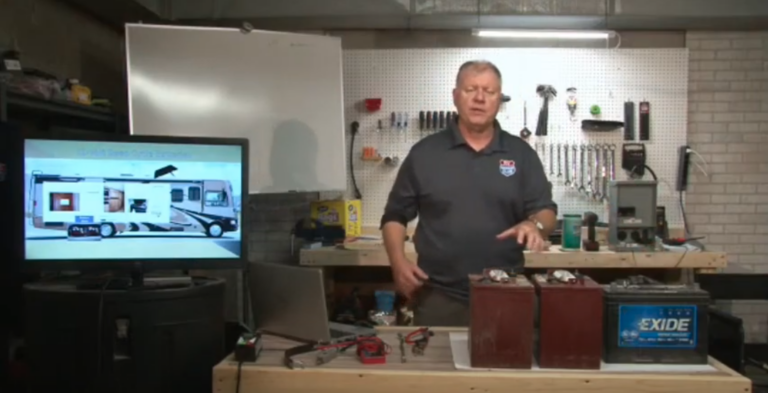
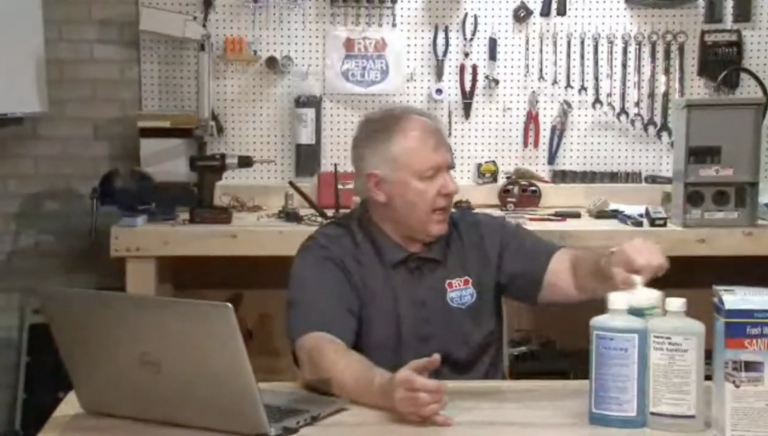
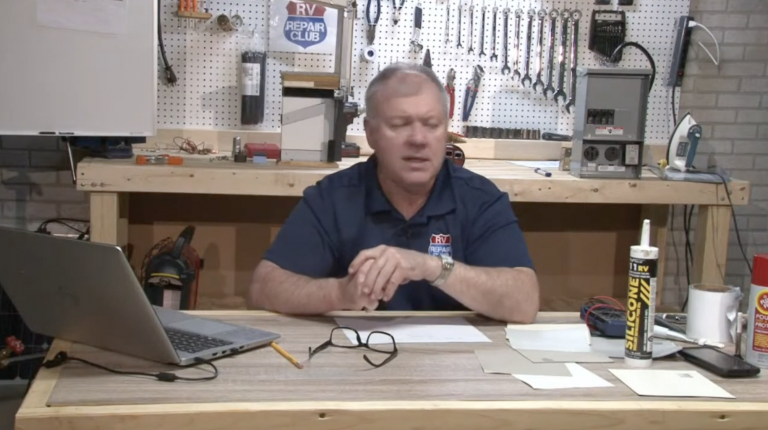



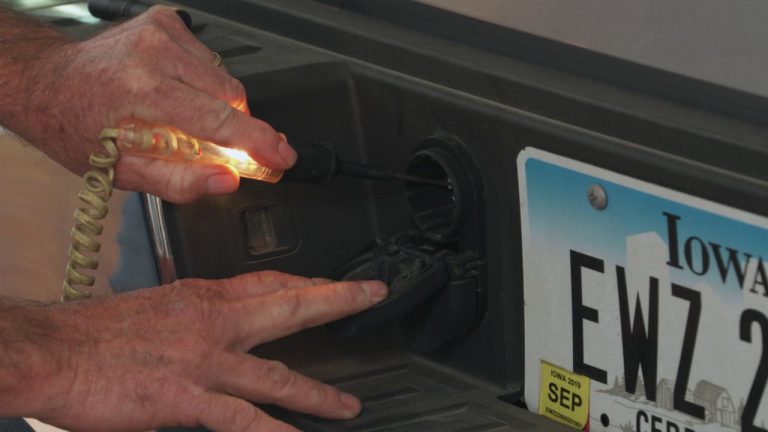




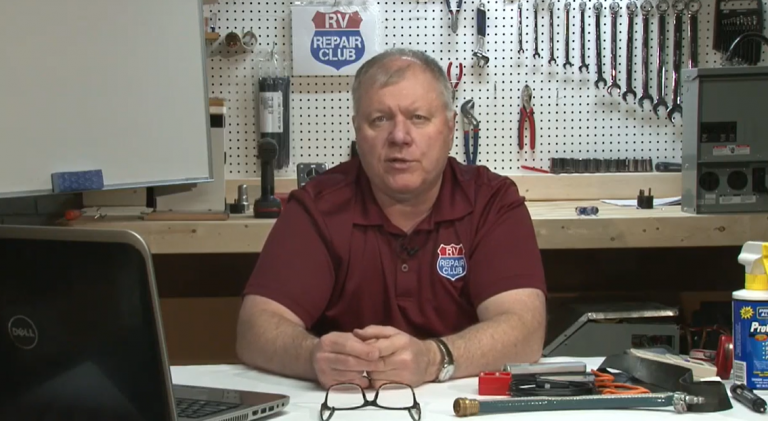
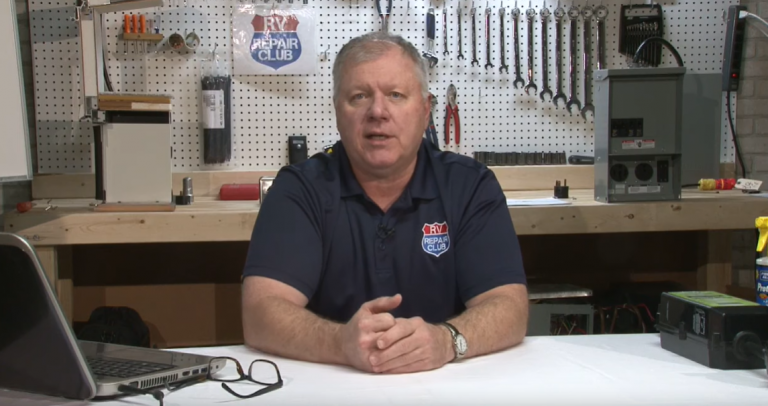

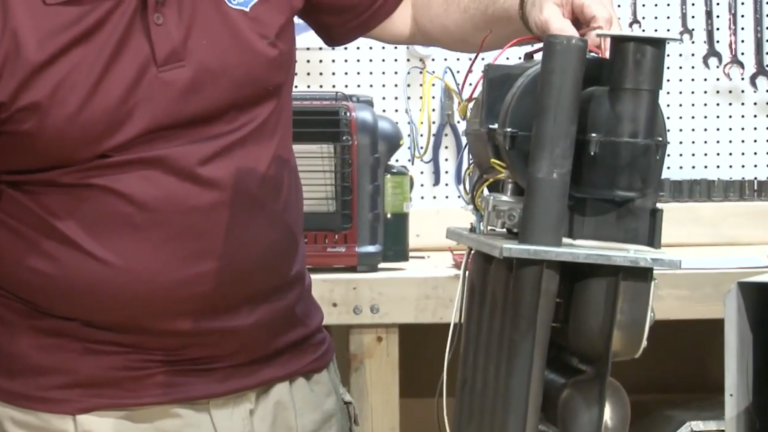
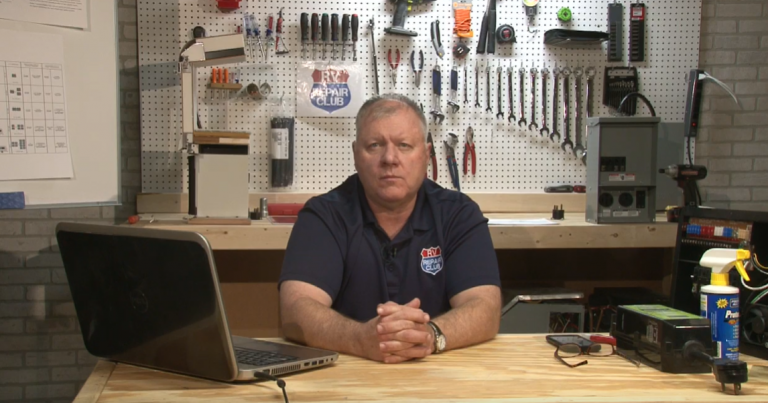

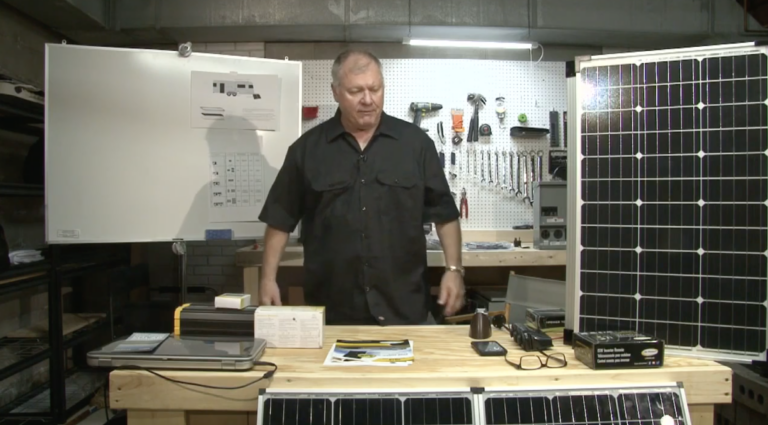
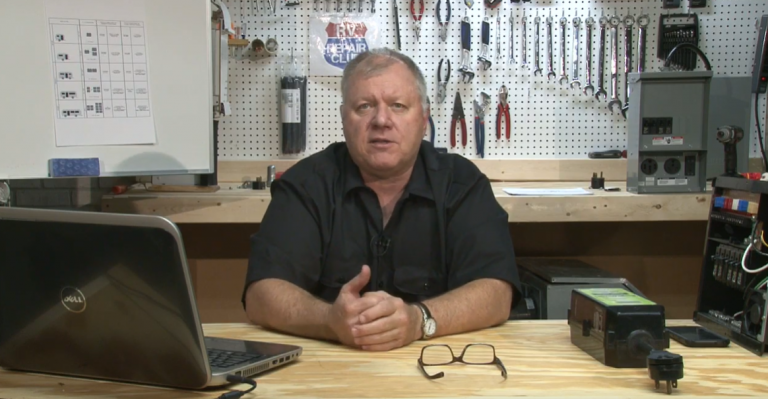
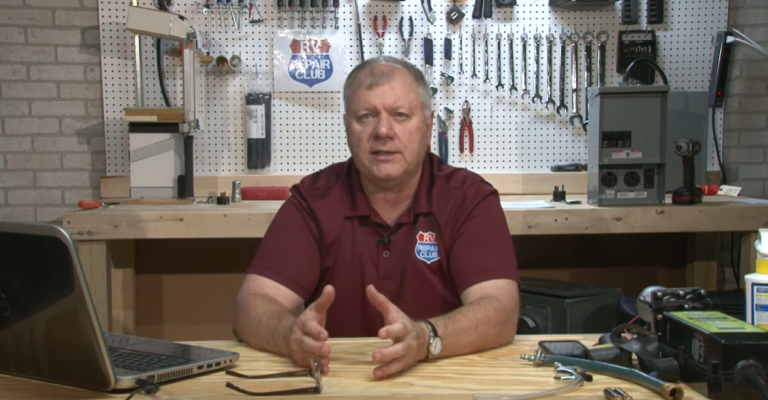


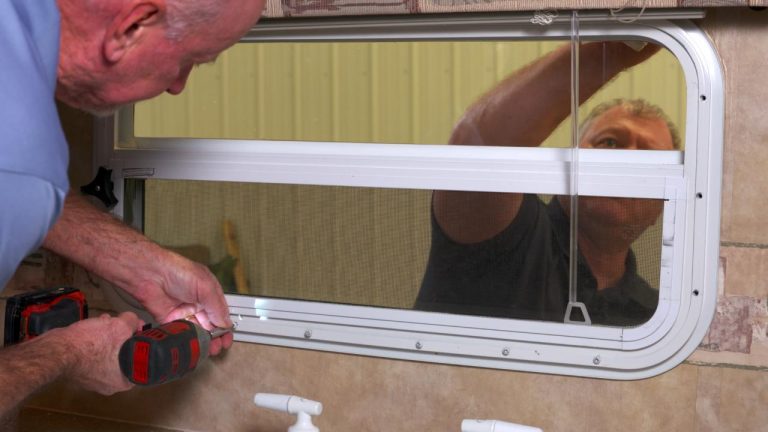
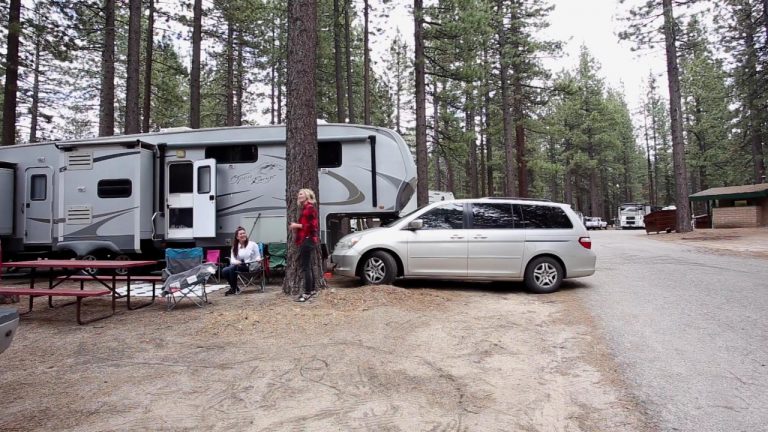

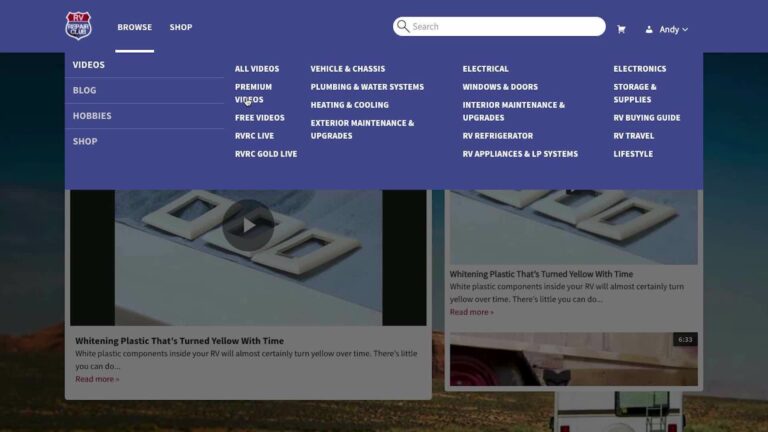
No video on this rv inverter
I am looking into doing the Invertor but am really confused as to the wiring purchase..What kind do i get?Do i just go to home depot ...Or is there special wiring to use?